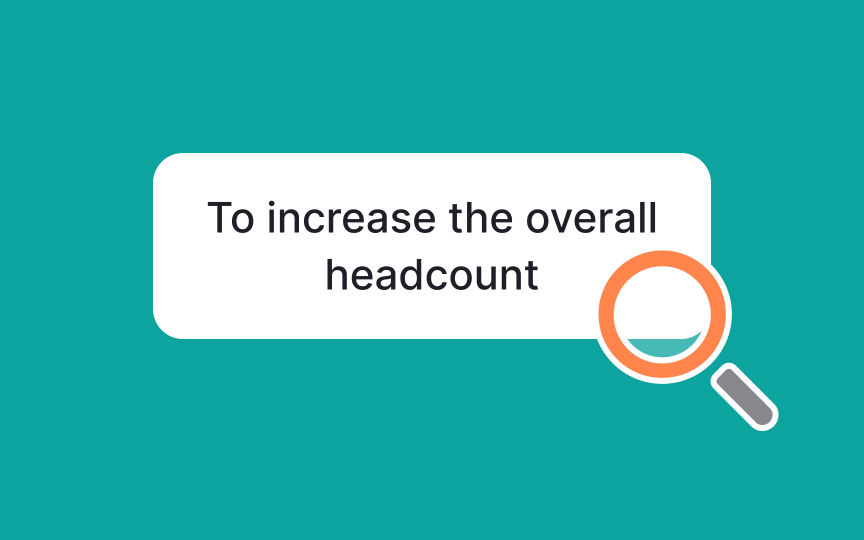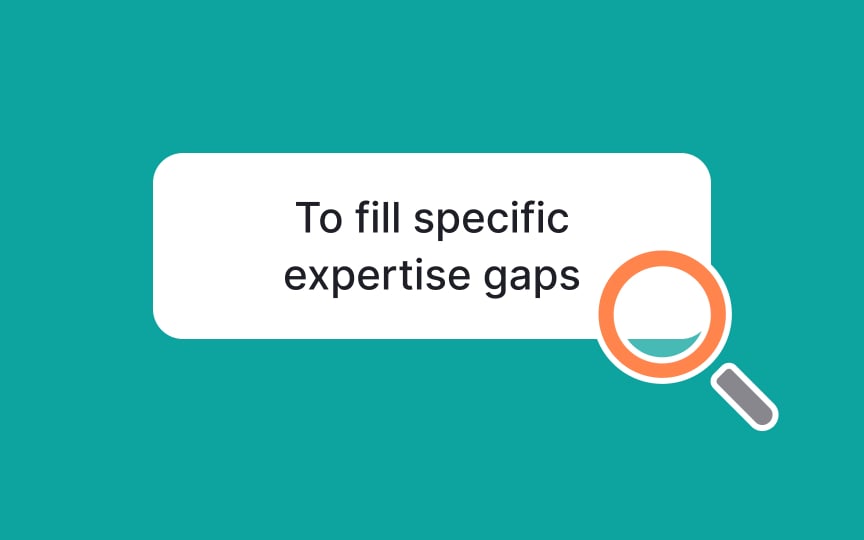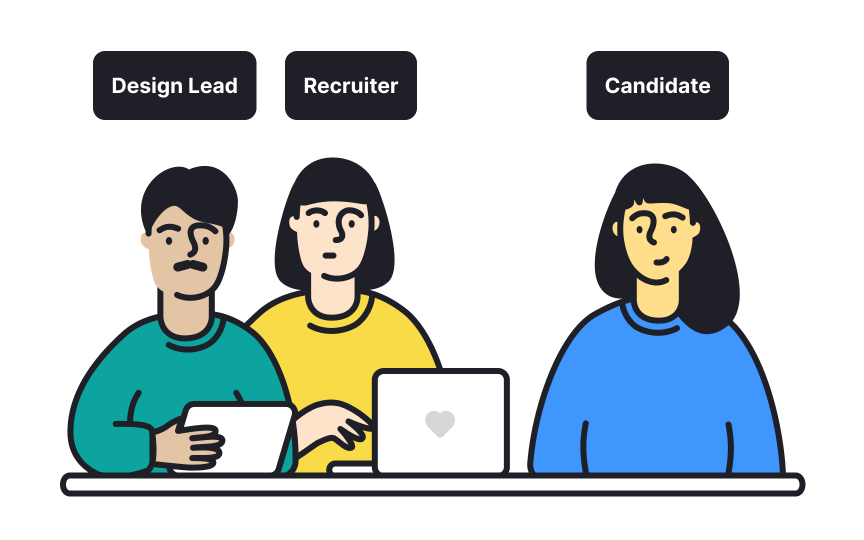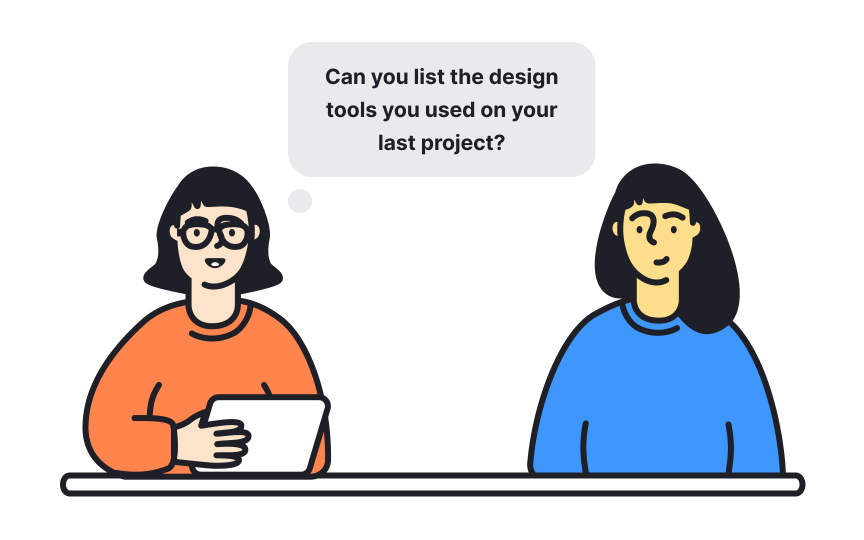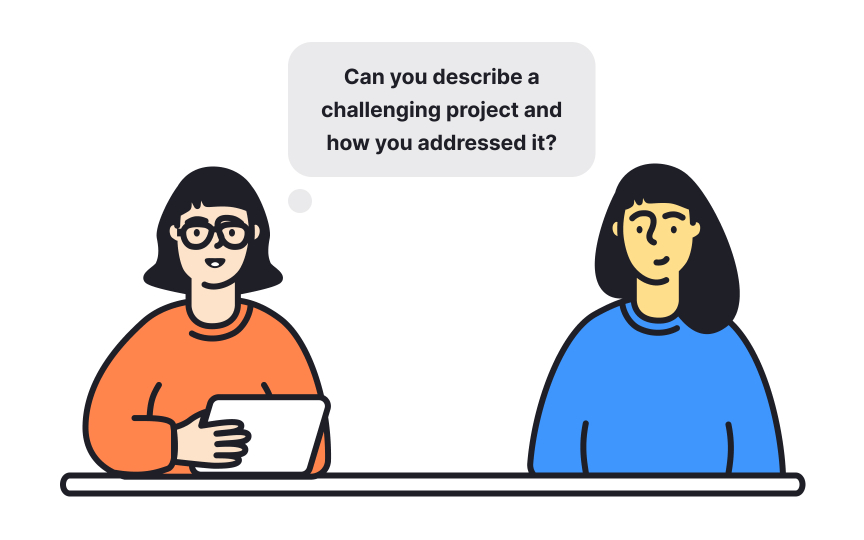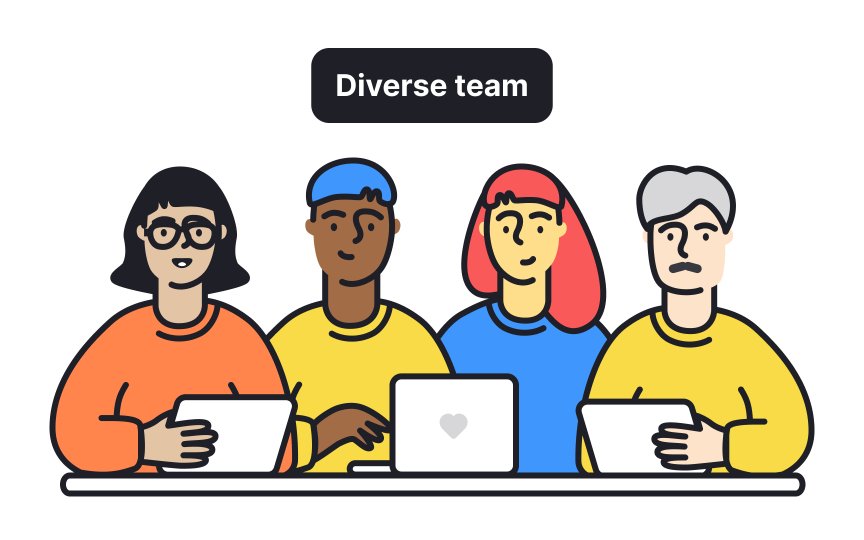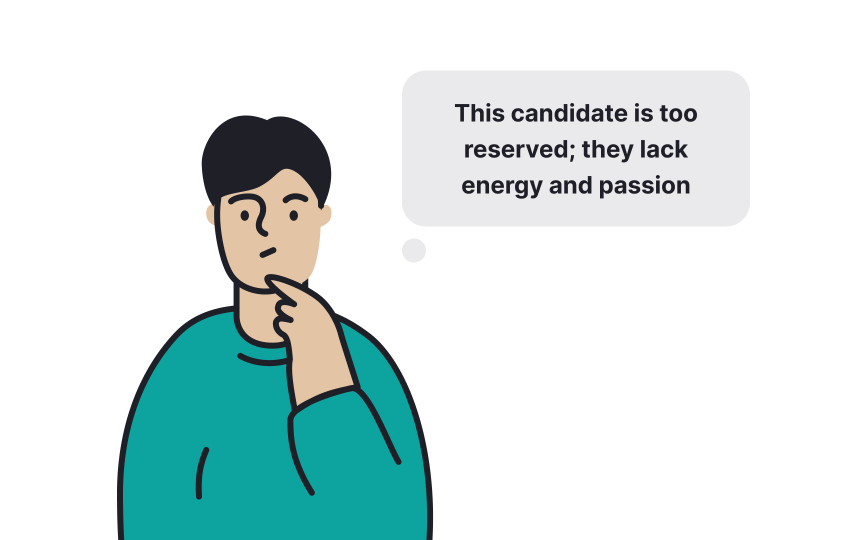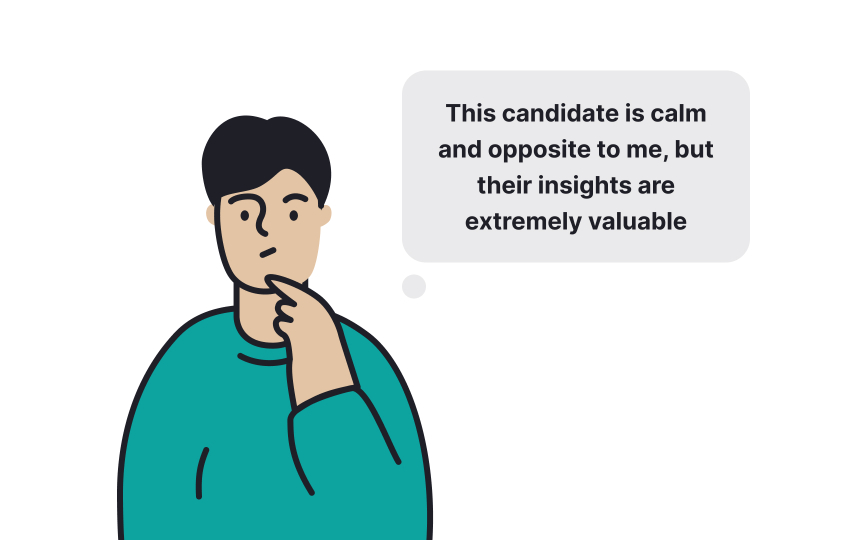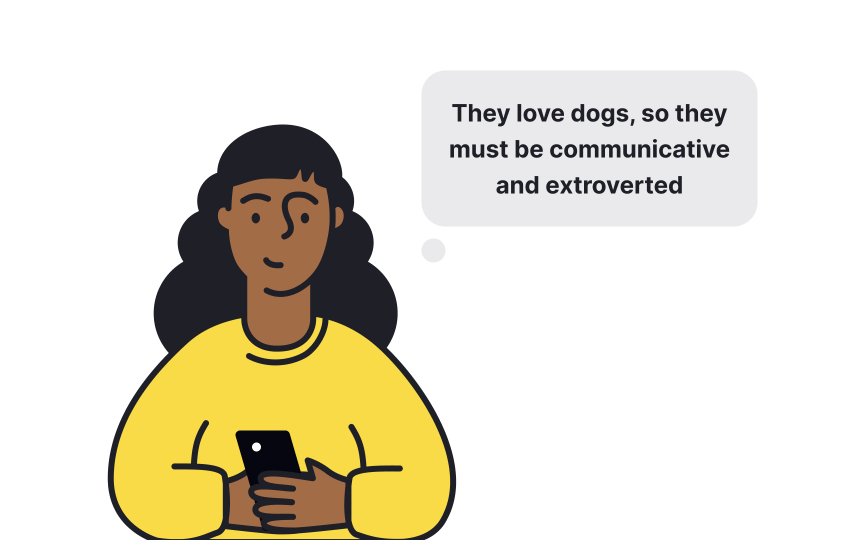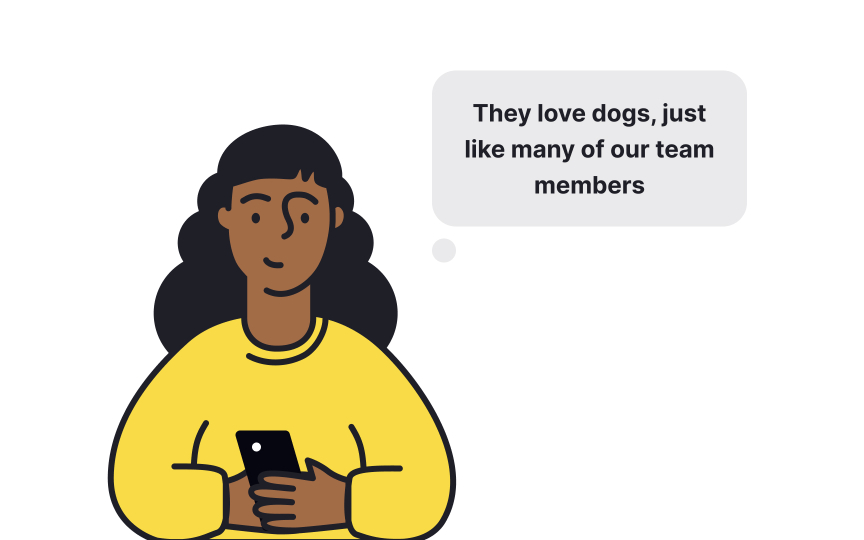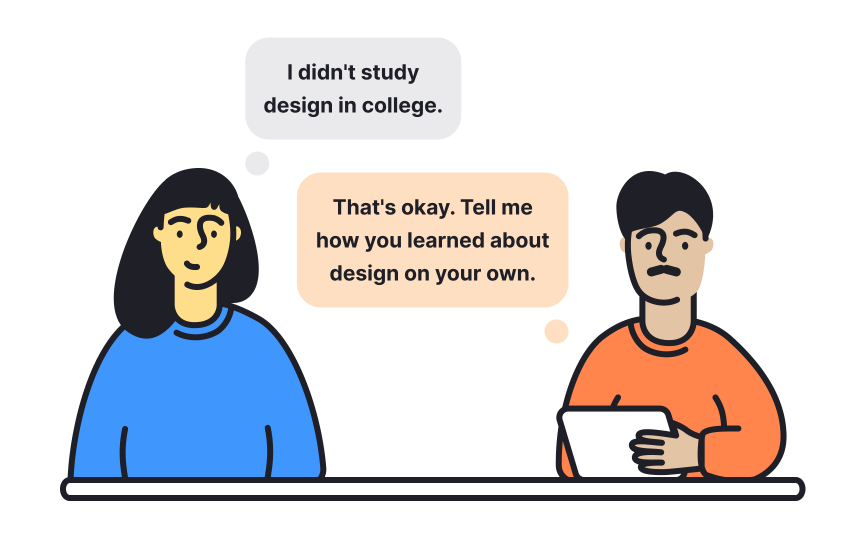Hiring the Right Talents
Explore the nuances of hiring the right fit for your design team
Conventional hiring practices can be a tiresome and costly process, often demanding significant resources with no guarantee of successful outcomes.
Successful hiring involves shifting from these traditional methods towards a more nuanced approach that values context, collaboration, and strategic compensation. When hiring for a design team, look beyond rigid standards and salary surveys. Recognize that a designer's talent can thrive in different contexts, and their effectiveness may vary based on the team and project environment.
In this lesson, we'll discuss how a designer's potential may not be immediately obvious and can greatly depend on their fit with the team’s culture and specific project needs.
Assessing your team's needs before hiring new designers to your design team is crucial for several reasons. Here are the key considerations:
- Identify gaps in expertise: Determine if your team lacks specific design skills that are essential for reaching the market effectively and engaging with your audience. This gap might be in user experience, visual design, or user research.
- Evaluate current performance: Analyze your team's workflow to pinpoint tasks that are time-consuming or consistently problematic. This might reveal a need for a specialist who can focus on understanding user needs better or refining the usability of your interfaces.
- Continuous improvement: Hiring isn’t just about filling a gap; it’s also about enhancing the overall capabilities of your team. A new hire should bring skills that complement and elevate the team's existing strengths.[1]
As a design leader who’s managing a team, it’s essential to be deeply involved in the hiring process. You are not merely participating — you are a pivotal decision-maker who best understands the specific needs and dynamics of your team.
Consider the following recommendations:
- Active involvement: Ensure you're actively engaged in every step of hiring new designers. Your insights into the team’s requirements make you uniquely qualified to identify the right candidates.
- Collaboration with recruiters: View recruiters as integral partners rather than just talent sourcers. It’s crucial that both you and the recruiters are equipped with the necessary tools and knowledge to conduct effective interviews. Consider holding joint sessions to refine interview processes and team dynamics.
- Decision-making: While ultimate hiring decisions might be made by the CEO or other executives, your commitment throughout the hiring process is critical. The quality of new hires directly influences your team's performance and success.[2]
When interviewing candidates for a design position, it's beneficial to start with a set of questions, yet essential to adapt them based on the conversation flow. While it's useful to look up common
- Explore past experiences: Ask about specific projects the candidate has worked on. What were their roles, challenges faced, and how they contributed to the project’s success? This not only gives insight into their technical skills but also their problem-solving approach.
- Discuss future aspirations: Understanding a candidate's career goals can help assess how well they align with the direction of your team and company. It reveals their long-term potential and commitment.
- Align expectations: It’s equally important to discuss what the candidate is seeking in a workplace. This helps in evaluating whether your environment and the role will meet their expectations and contribute to their job satisfaction.
Diversity hiring aims to reduce biases stemming from societal stereotypes about age, gender, religion, ability, and more, which can lead to less inclusive work environments. It is not about filling quotas, but about recognizing and utilizing the unique skills, backgrounds, and viewpoints that each individual brings to a team.
To promote inclusivity, consider these practices:
- Craft accessible career sites: Ensure your website is easy to navigate for all, including those with disabilities. Implement clear menus, proper heading structures, and descriptive alt text for images to help users who rely on screen readers or keyboard navigation.
- Write inclusive job descriptions: Use language that is neutral regarding gender and age. Highlight both essential and preferred qualifications clearly, and avoid jargon or idiomatic expressions that might confuse or exclude people from diverse backgrounds, including neurodivergent individuals.
- Employ practical skills assessments: These allow candidates from nontraditional backgrounds to demonstrate their abilities based on merit, not just their resumes or educational pedigrees.
Diversity hiring not only enriches a company’s culture but also enhances its competitive edge and fosters a fairer society.
When hiring, it's natural to gravitate towards candidates whose personalities resonate with ours. However, it’s important to strike a balance. While it’s beneficial to hire people you'd enjoy working with, aiming for a diverse team can enhance creativity and problem-solving.
Avoid hiring clones of yourself. Diversity in perspectives, workflows, and approaches can bring fresh ideas and innovations that a uniform team might miss. Welcome candidates who question conventional approaches and think outside the box. This not only brings diversity but also enhances your team by broadening perspectives and adding diverse skills.
Reviewing a candidate's social media can provide additional insights into their personality and interests, helping to understand how they might fit within your team. This method can reveal their communication style, passions, and professional engagement, complementing the traditional
However, it's crucial to remember that social media can be deceptive, as people often present idealized versions of themselves online. Therefore, this should not be the sole basis for your evaluation.
Also, if a candidate prefers not to share their social media profiles, respect their privacy and focus on understanding them through direct communication. Ask open-ended questions in the interview to explore their personal values, work style, and motivations. This balanced approach ensures you respect candidate privacy while gathering diverse data to make well-rounded hiring decisions.
During
During the interview:
- Clearly explain the role and the company’s mission, goals, and culture. This helps candidates visualize their future with your organization and understand how they can contribute.
- Listen attentively. Pay close attention to their questions and concerns, addressing them thoughtfully. This demonstrates respect and interest in their perspective, making them feel valued.
- Stay professional. Avoid coming across as judgmental or arrogant; such attitudes can quickly deter potential hires. By being approachable and open, you enhance the candidate's experience and boost your company’s appeal as a great place to work.
Setting fair compensation involves more than just following market trends. It starts with understanding typical salaries but should go beyond to meet your company's future goals.
Here's how to navigate the complexities of setting the right compensation:
- Market understanding: Begin with a general idea of salaries for similar roles, but remember, these figures just provide a starting point.
- Focus on value: Determine what you can afford versus the value expected from the role. It's crucial to align pay with the performance and future direction of your business.
- Internal equity and competitiveness: If a role is unique and crucial, consider going above standard pay ranges to retain top talent.
- Strategically invest in key roles: Not every position can be top-paid, but prioritize roles that significantly impact performance. Investing in top talent for these critical jobs can bring outsized benefits, echoing the 80/20 rule seen in sales teams.
Pro Tip: Encourage your team to occasionally interview elsewhere — it's a practical way to measure if your compensation remains competitive.
Similar lessons

Who is a Design Leader?

Leadership Styles

